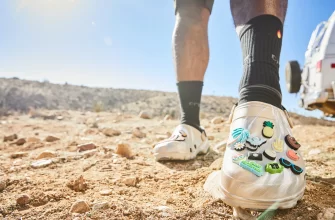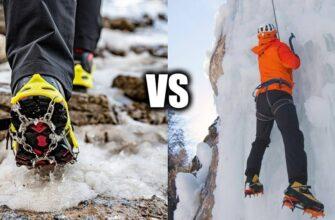Hiking is a popular outdoor activity. While hikers typically equip themselves with essentials like sturdy boots, backpacks, and water bottles, you may have noticed some hikers adding an unconventional accessory to their gear – bells. Hikers often opt to wear bells, such as the cowbell hikers wear in bear country, as a precautionary measure in order to alert any nearby wildlife of their presence, ensuring a safer and more enjoyable hiking experience.
Why do hikers wear bells? Let’s explore some facts behind this curious trend.
- What is a cowbell?
- Are cows annoyed by cowbells?
- Why do hikers wear cowbells?
- Wildlife awareness
- Safety first
- Group communication
- Cultural and personal traditions
- Do bear bells really work?
- Is there any research on the effectiveness of cowbells?
- Other alternatives to stay safe
- Alternatives to bear bells: bear spray
- Bear canister
- Making noise
- Try not to walk at dawn and dusk
- The final consideration about why do hikers wear bells
- Conclusion
- FAQ
- What does cowbell that hikers wear when they know they are in bear country mean?
- What is the purpose of a cowbell?
- Ask a Bear: Do Bear Bells Really Work?
What is a cowbell?
If you are a frequent hiker, you probably know the meaning that lies behind this cowbell. However, it can be quite confusing for those who are just starting out. And if you are one of those people, now is a good time to learn the real purpose of cowbells.
Before learning why hikers wear cowbells, let’s first quickly figure out the definition of a cowbell.
Originally, a cowbell is a bell that is put around a cow’s neck for locating animals via the sound of the bell on the vast pastures, where many places are obstructed from the view. They are common in parts of Austria, Switzerland, and the south of Germany.
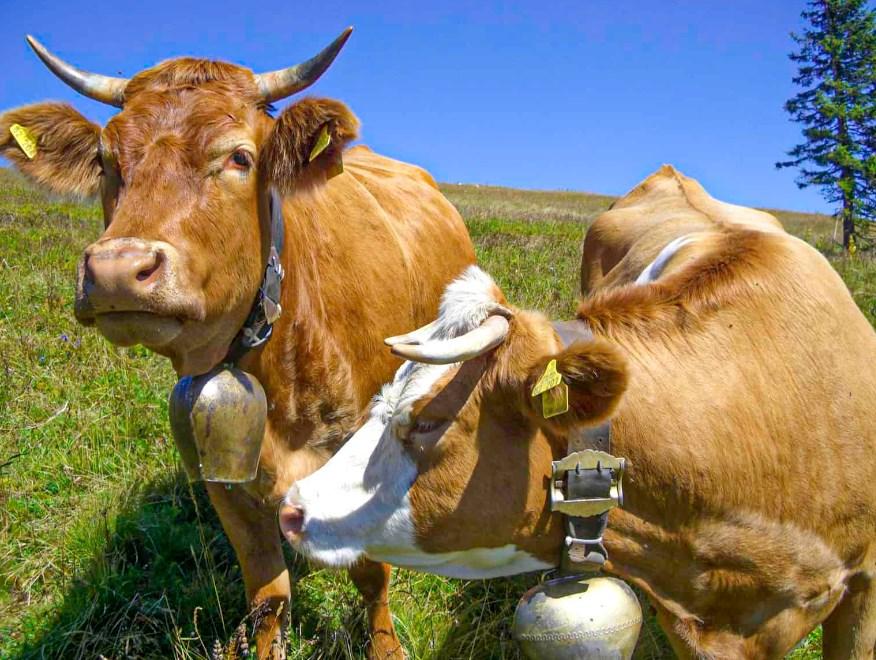
Cows wear them for a variety of reasons — they ward off predators, help livestock keepers find cows at night, and help identify specific cows and herds. But as we can see, the primary reason is cows’ safety, although cowbells can be decorative as well.
Are cows annoyed by cowbells?
Some people assume that the noise of the bells can annoy the animals and affect their hearing, grazing, and chewing habits, as they weigh around two and a half kilos and produce a really loud annoying sound. However, most of the cows’ owners feel otherwise. According to them, the bells don’t cause any problems.
Well, it might be the case if the bells are small and not really noisy. But there is some evidence that heavier, louder bells are uncomfortable for cows.
In 2015, one study was carried out by a research team, led by Julia Johns from the Institute of Agriculture Sciences in Zurich, Switzerland.
The results show that large cow bells affected cows’ sleeping patterns, which is clear evidence that the bells were causing discomfort. The same study also noted that cows wearing bells had no difference in heart rate from cows without.
From this, we can infer that the large decorative bells cause the cows discomfort when they are trying to sleep, but have a minimal effect on them throughout the day.
Why do hikers wear cowbells?
Wildlife awareness
When exploring bear country, hikers often wonder why do hikers wear cowbells in bear country. The answer lies in the fact that bears are generally shy and prefer to avoid human encounters.
Hikers in bear country often choose to wear cowbell hikers to alert bears of their presence. Animals in the wilderness, especially in dense forests or remote areas, may not hear hikers approaching. The sound of a cowbell can serve as a non-intrusive signal, giving animals a chance to move away before hikers get too close. This practice helps prevent surprise encounters, reducing the risk of both human and animal distress.
How does it actually work? By attaching a cowbell or other noise-making device to their backpack, hikers create a constant jingling sound as they walk. The noise serves as a warning to animals in the vicinity, giving them a chance to detect the hiker’s presence and move away before any close encounters occur. The steady sound of the bell helps reduce the likelihood of surprising a bear or other wildlife. The animals will know that something is approaching and won’t be startled or frightened later on, as the surprise encounter with a wild animal can lead to a possible attack.
Along with a simple cowbell, you can find specialized bells made exactly for this reason. They might go by different names (“noisemakers”, “bear bells”, or “hiking bells”), although the way they all work is the same — to warn bears and other wild animals.
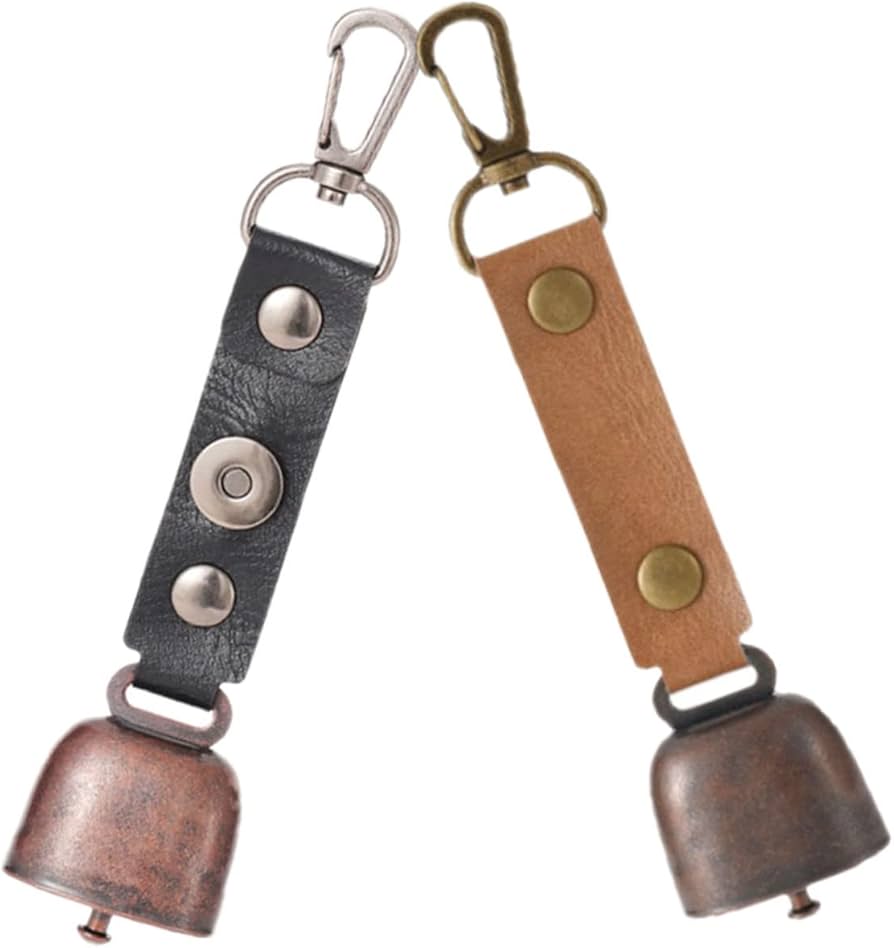
Safety first
Hiking often takes enthusiasts to secluded and rugged terrains. In such environments, visibility can be limited, and accidents may happen if hikers can’t anticipate each other’s movements. Cowbells act as an audible safety measure, enabling hikers to locate each other more easily, especially in situations where visual contact is challenging. This becomes particularly crucial in foggy conditions or dense vegetation.
Group communication
In group hiking situations, communication is key. Cowbells can act as a subtle means of group communication, helping hikers stay connected without relying solely on verbal communication. The distinct sound of a cowbell can serve as a signal to regroup, indicate a change in direction, or warn others of potential hazards, fostering a more cohesive and organized hiking experience.
Cultural and personal traditions
Some hikers adopt the use of cowbells as a tradition or a personal choice. It adds a unique touch to their hiking experience and may be influenced by cultural practices or simply a sense of personal style. The whimsical sound of cowbells can also contribute to the overall ambiance of a hike, creating a distinctive and memorable experience.
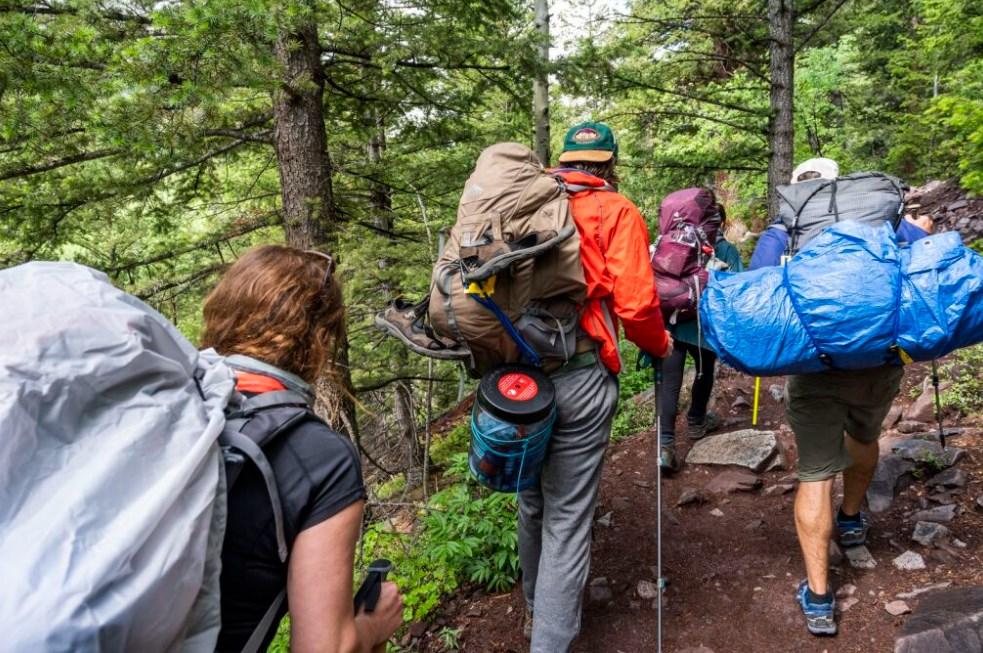
Do bear bells really work?
Bear bells are very common in areas where there is a fear of bears. When hikers are out in nature, especially in areas where bears or other potentially dangerous animals are present, it’s important to avoid surprising them. Bears, in particular, have a keen sense of hearing and can easily be startled if humans suddenly appear on the trail. This can lead to defensive or aggressive behavior, which is risky for both the hiker and the bear.
Nevertheless hikers wear cowbells while hiking in bear country, and even park agencies recommend tying them to your backpack. Also, the bell sounds warn bears of your presence and allow them to flee the area, hence reducing the risk of encountering wildlife prey and keeping you safe.
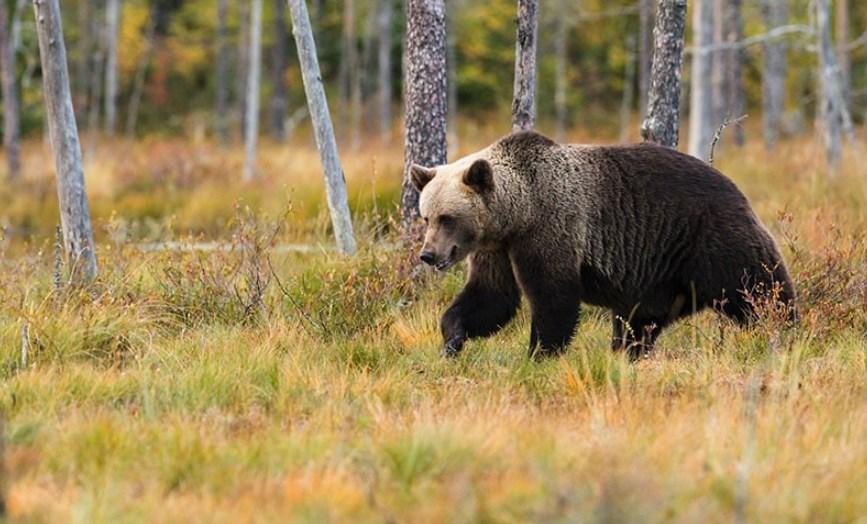
However, some believe that cowbells do exactly the opposite and attract bears. That seems to make sense, as the bear might find this strange jingling sound curious and want to check where it is coming from. Or there is also an assumption that an animal might ignore the sound, mistaking it for birds chirping.
This is a bear bell:
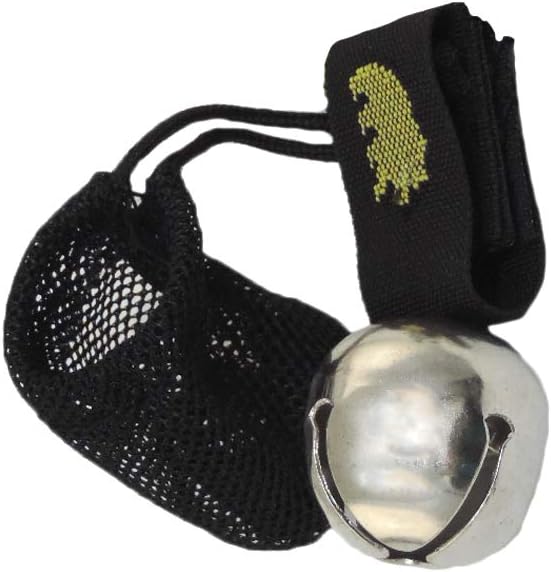
Attach it to the top of your backpack, where there’s the most movement. It also features a magnetic silencer for moments when you prefer the bell to remain quiet.
Is there any research on the effectiveness of cowbells?
In 1928, a study was conducted in Glacier National Park, Montana, and its results showed that bells can help people protect themselves from grizzlies. Bears were most often seen by those who didn’t wear bear bells. However, those who wore them saw them at a closer distance.
Recently, Tom Smith of the U.S. Geological Survey’s Alaska Science Center carried out a study, revealing that bears can completely ignore the sounds of bear bells. The study itself took place at a distance from a shelter nearby. At the end of it, the scientist concluded that the bears ignored the sounds of bells, despite their loud noise.
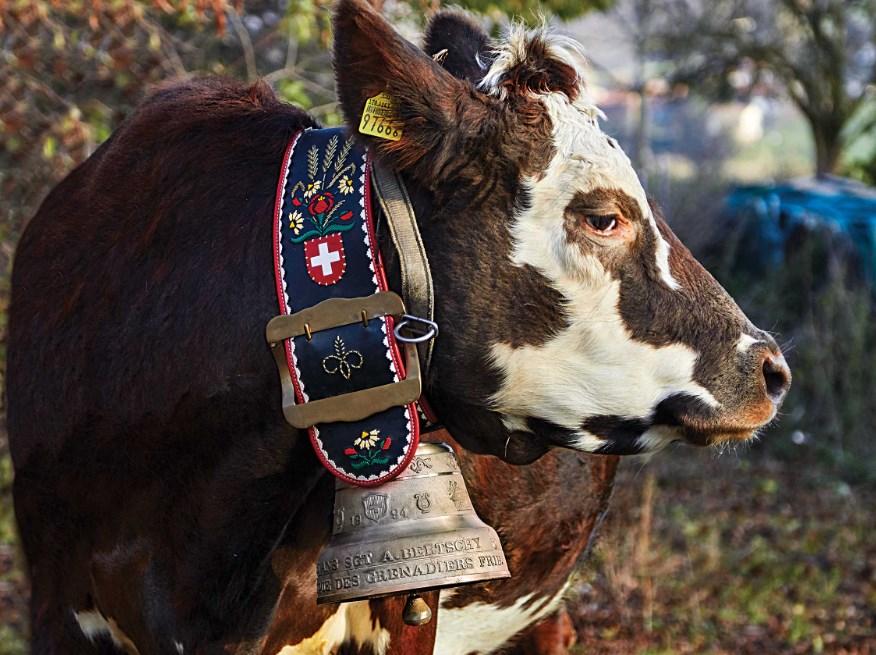
There was also one research that found that when hikers wore bells, bears that had been resting moved away from the approaching hiker in 67% of observed cases. Meanwhile, when hikers weren’t using bells, bears stood their ground in 26% of instances.
So, we can conclude that the resting bears were more likely to move away from hikers who weren’t carrying bells than those who were.
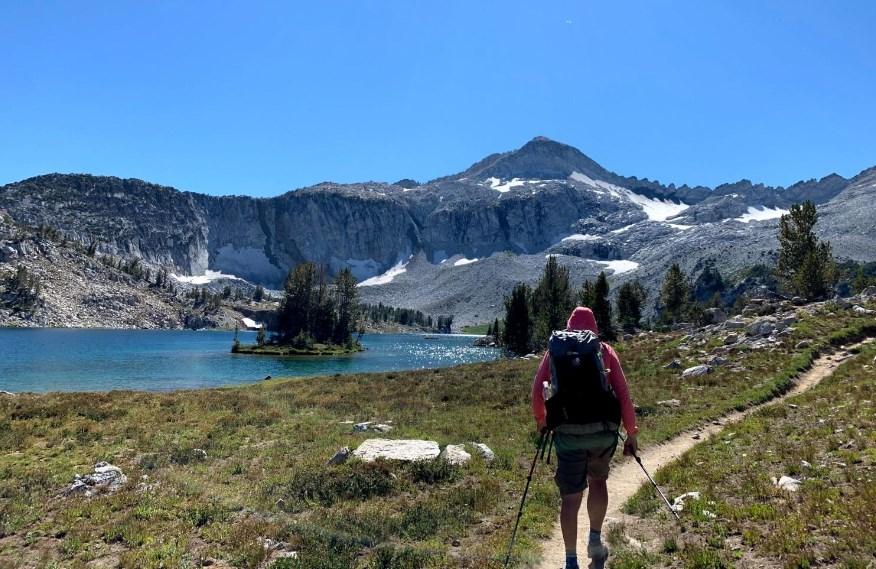
In addition, it is also worth looking at cases where the bear had been approaching the hiker: bears changed their direction 50% of the time when the hiker was wearing a bell, but 79% of the time when they weren’t.
The figures look promising and might give rise to the thought that bells are still not needed. However, the research also found that no hikers carrying bear bells were ever charged by bears, whereas in hikers without bells, 14% were charged.
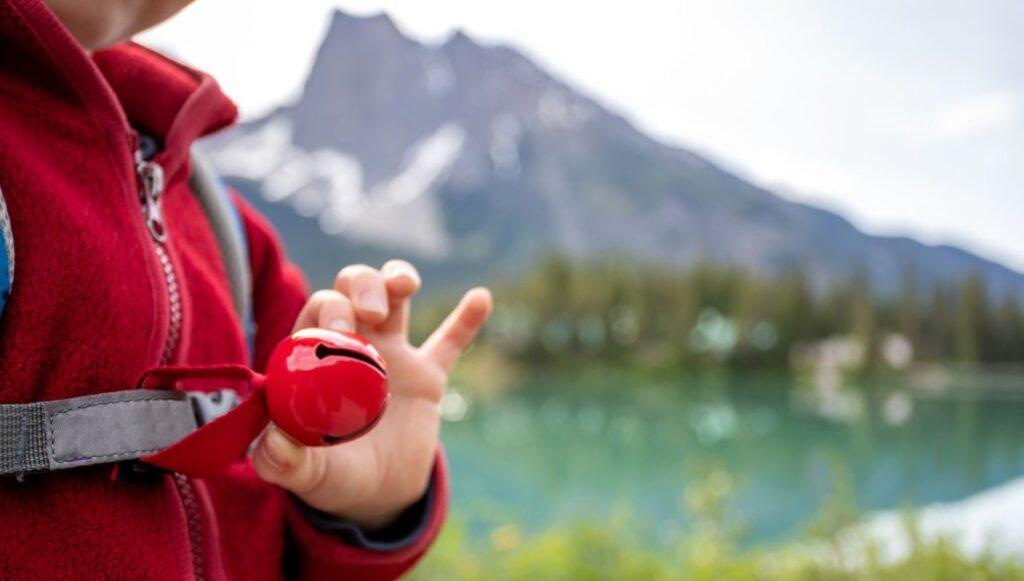
Other alternatives to stay safe
As there is no sure answer if cowbells or bear bells work, you shouldn’t rely solely on them. You’d better use other, probably, more effective things to stay safe. Each item is made for a specific purpose, that’s why it’s better to know when and how to use it.
Alternatives to bear bells: bear spray
Of course, the best way to protect yourself against a bear attack is to use a rifle, but if it’s not allowed, there are many other things you can do. For instance, bring with you bear spray. What is bear spray? Bear sprays are highly concentrated pepper sprays to deter animals.
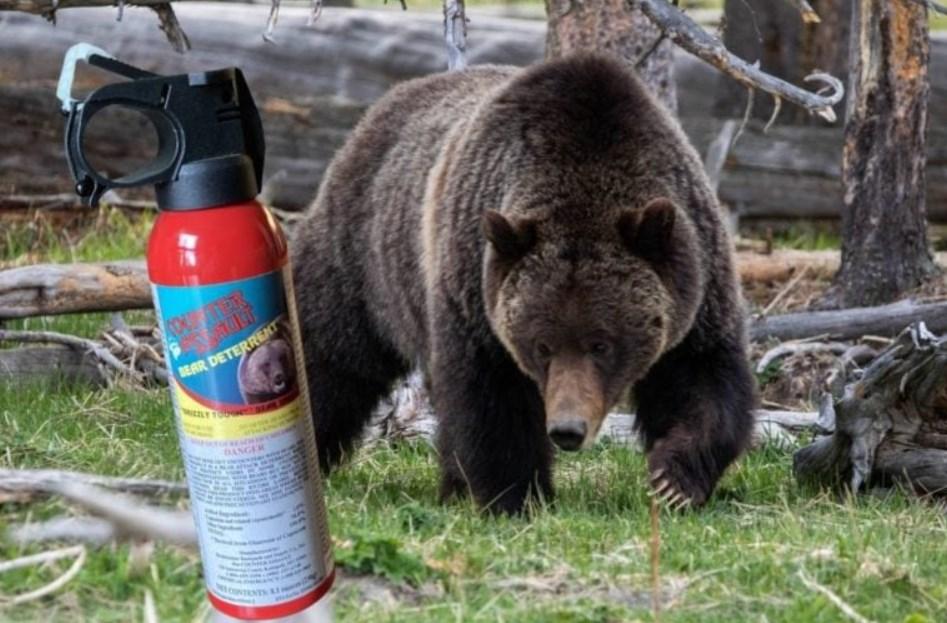
This bear spray is designed specifically to protect you against bears. Its jets shoot up 6 or even more meters. The bear spray should be sprayed into the bear’s eyes or nose, which is likely to keep it off.
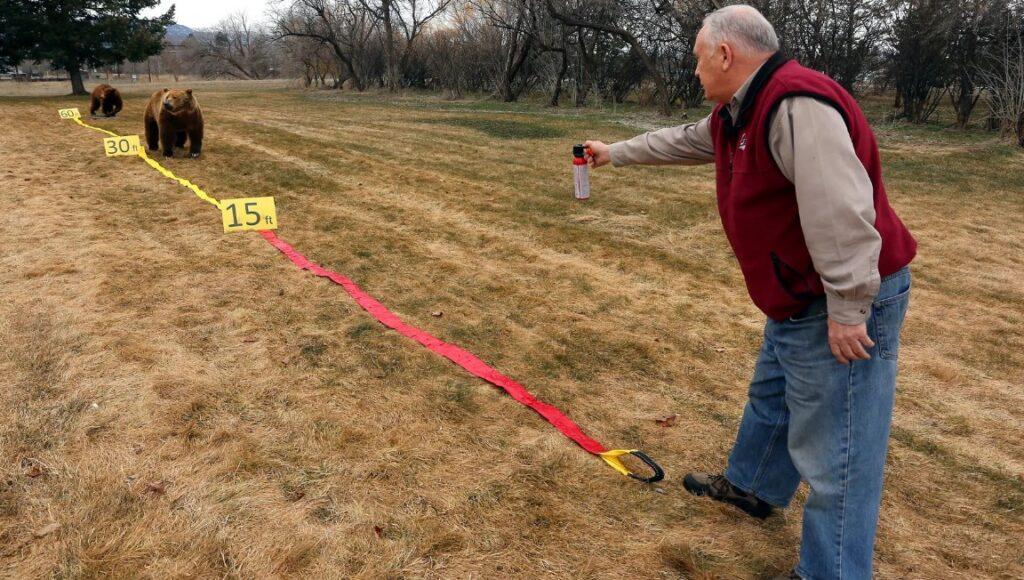
Bear canister
We all know, those wild predators have a sensitive sense of smell; therefore, it’s safer to store your food and other aromatic items inside bear canisters. Besides, a bear canister works better than any other way of keeping your food away, since both black bears and grizzly bears are clever enough, especially when it comes to getting food.

Making noise
Another easiest alternative to carrying a bear bell is singing and talking loudly, and hiking in a group. If wild animals hear a loud noise, it will force them to bypass you.
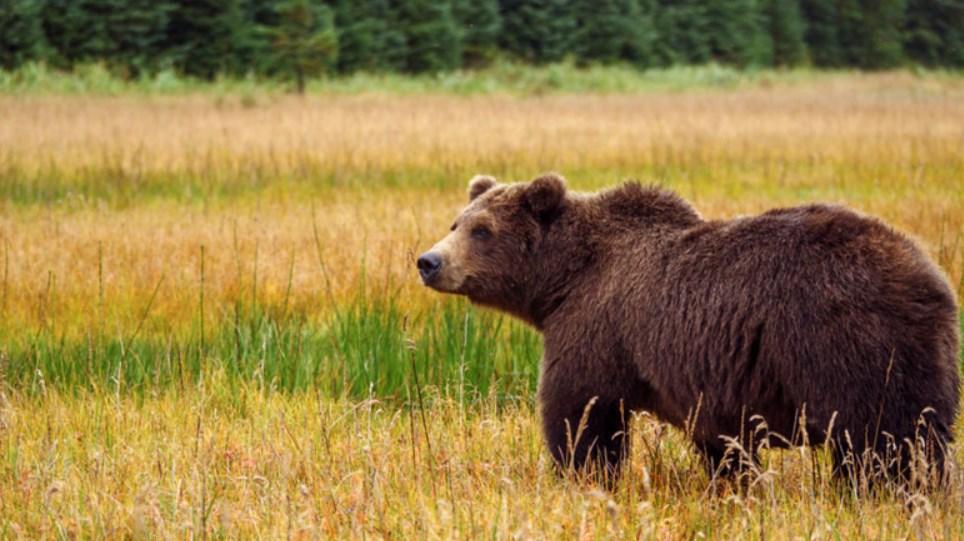
Try not to walk at dawn and dusk
Be careful not to walk at dawn or dusk, and build a campfire during the night. Wild predators are usually most active at this hour, so you need to avoid hiking through areas with large populations of bears and mountain lions at this time.
A campfire at night will also help you to scare animals, as they will see it from a distance and try their best to stay away.
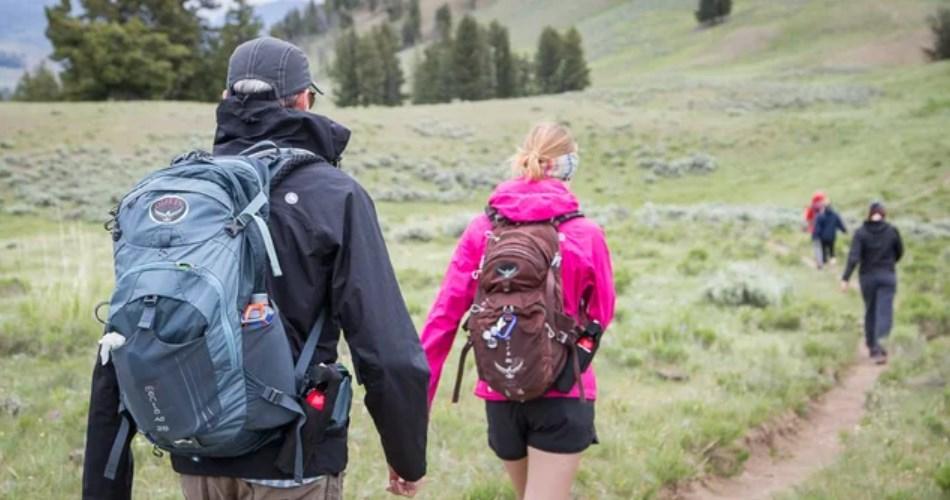
The final consideration about why do hikers wear bells
Hiking in bear country or other inhabited areas can be well worth it, as not one man’s hands touched these places. However, before setting off on your adventure, it won’t hurt to take care of your safety.
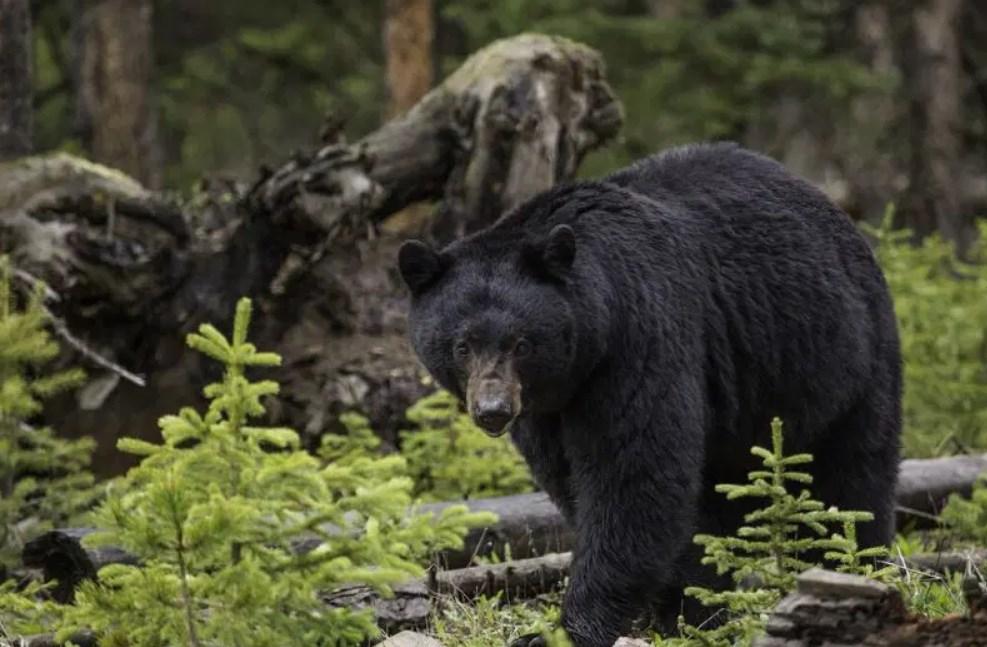
You’d better avoid bear encounters and other predators, and try not to startle them without warning because they will likely feel frightened or attack you. Therefore, you might need cowbells when hiking — to let them know that you’re coming. But other safety measures like, for example, bear spray and bear canisters should be kept in mind as well.
Conclusion
In the world of hiking, where blending with nature is a priority, the use of cowbells might seem peculiar at first glance. However, understanding the practical reasons behind this choice reveals the thoughtful considerations that hikers take to coexist harmoniously with the wilderness. Whether it’s about safety, wildlife awareness, or fostering group cohesion, the humble cowbell has found its place as a valuable accessory for those who seek adventure in the great outdoors. So, the next time you encounter hikers with the gentle jingle of cowbells, appreciate the purpose behind this seemingly unconventional choice, and perhaps consider adding a cowbell to your own hiking gear.
Find more to understand why do hikers wear bells.

FAQ
What does cowbell that hikers wear when they know they are in bear country mean?
For people, a cowbell is a sign of safety and protection against wild animals.
What is the purpose of a cowbell?
By wearing cowbells, hikers create a constant sound that alerts bears to their presence, reducing the likelihood of surprising them. Additionally, the sound of the bells may also deter bears from approaching, as they associate the noise with human presence.
Ask a Bear: Do Bear Bells Really Work?
Bear bells are still common sights in Yellowstone and other bruin-heavy parks—but the science behind them is spotty.
Read also: What to wear on a hiking date? Use our tips and enjoy



![What is considered a long hike? [8 factors to consider] What Is Considered A Long Hike: Top 3 Tips & Best Guide](https://griffithparkhiker.com/wp-content/uploads/2024/01/griffithparkhiker-2-335x220.jpg)



